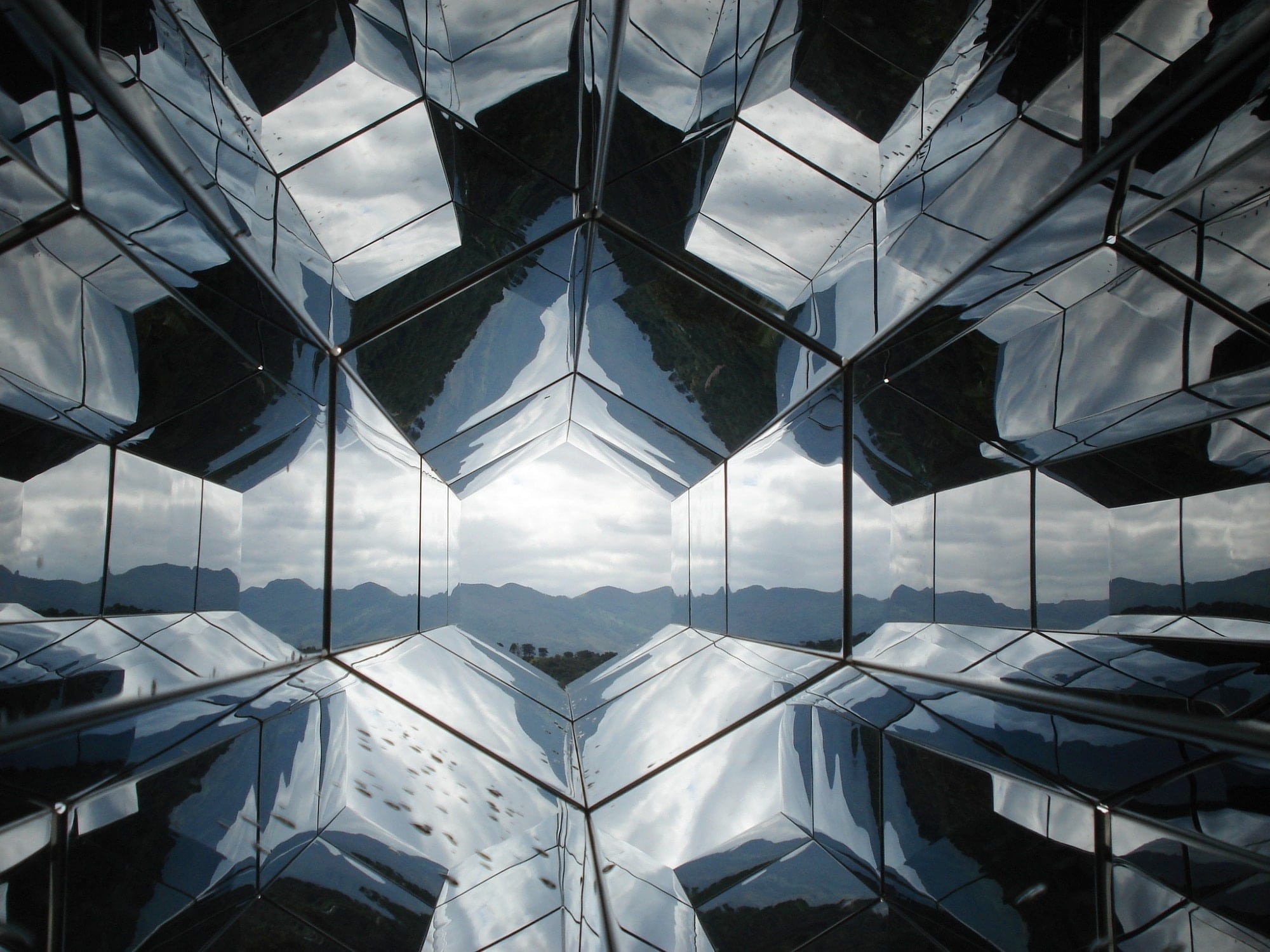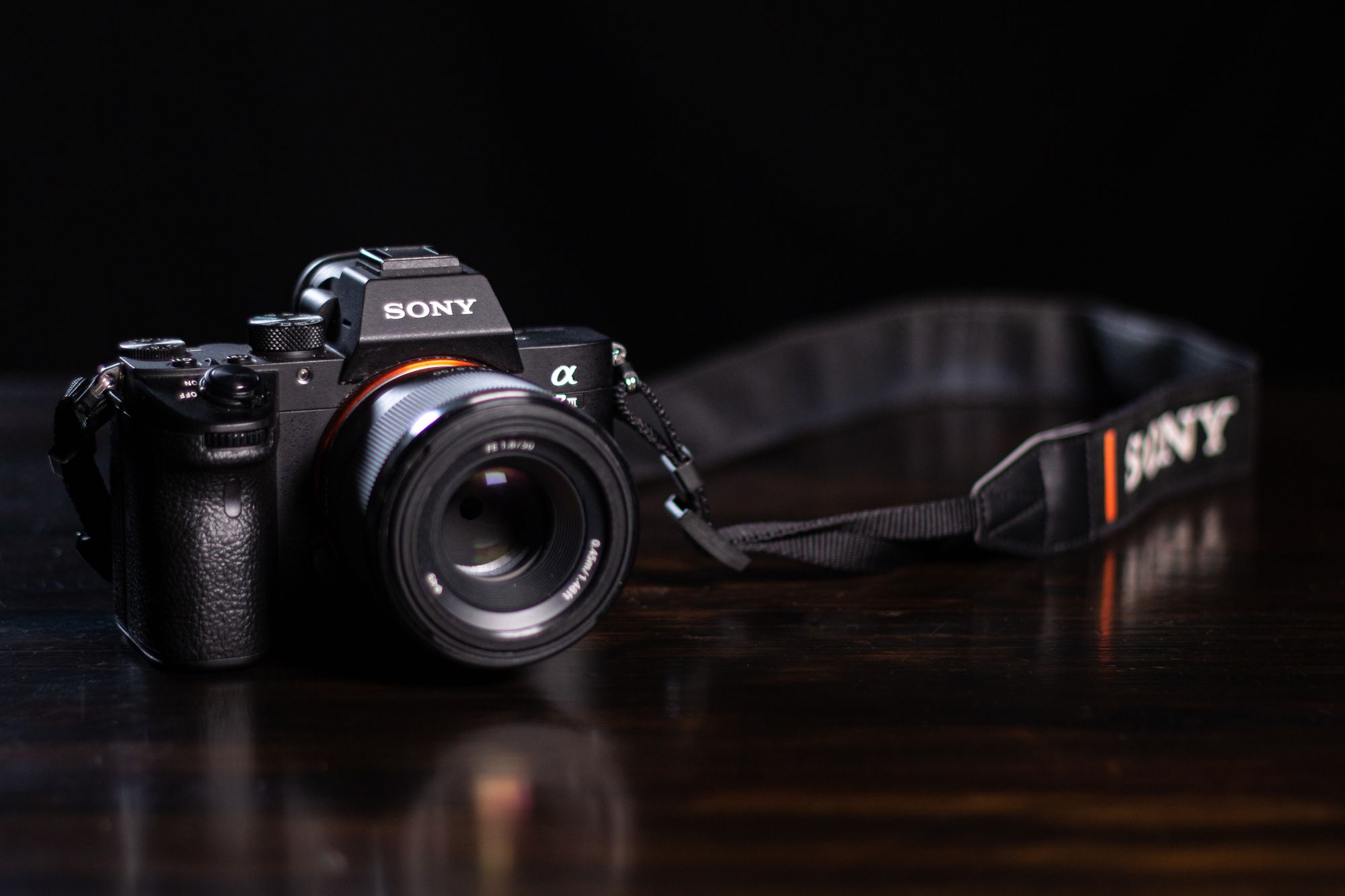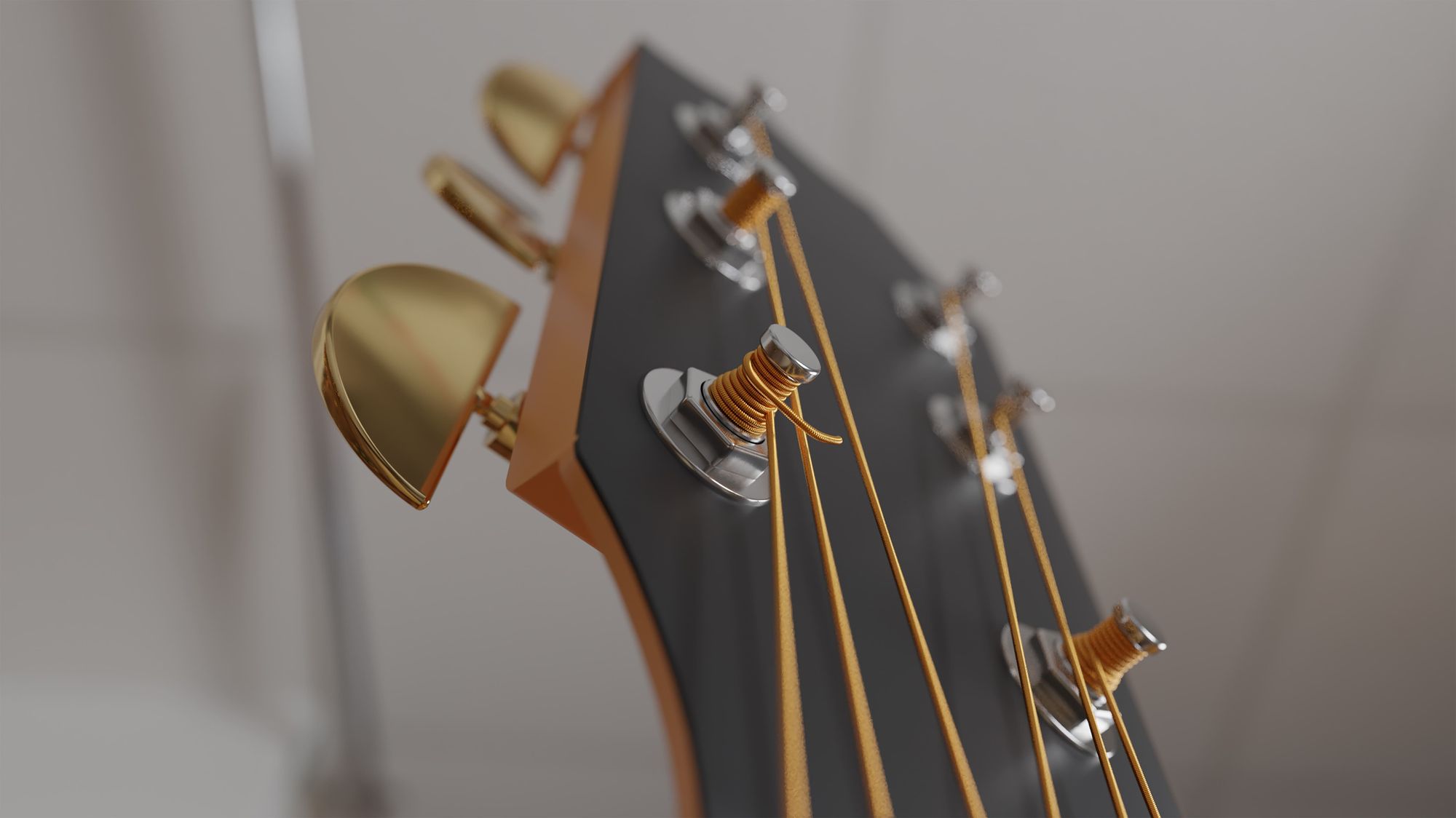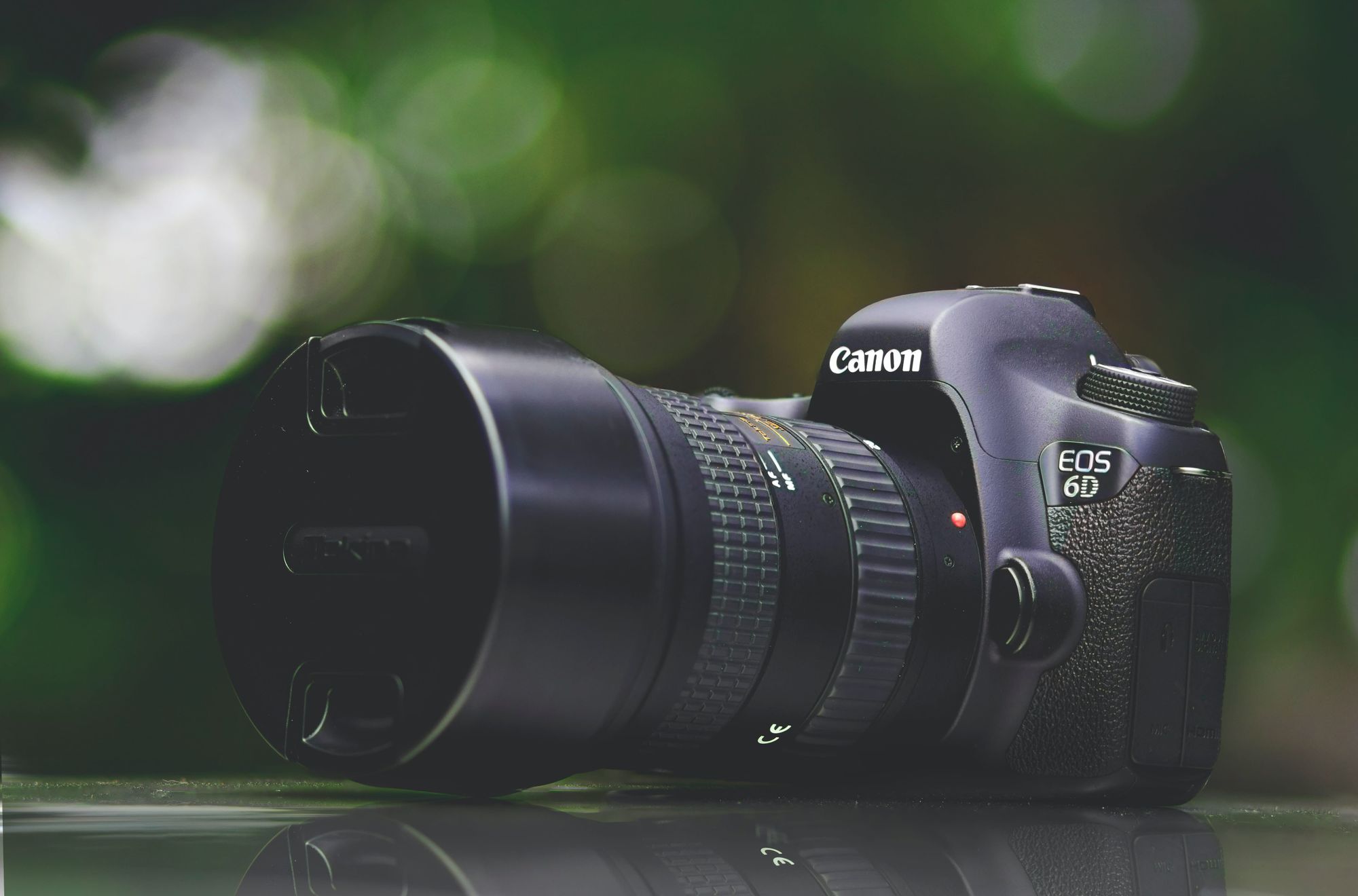Mirrorless vs DSLR: Which Camera Type to Choose in 2023
Rent film gear from local filmmakers.

Rent film gear from local filmmakers.
Mirrorless cameras have shaken up the photography and filmmaking industry to its core. They've become so popular in the last decade that many argue that the future is mirrorless. Is there no place left for DSLRs at all?
Mirrorless vs DSLR cameras. Let's settle the debate.
No matter which side you're on, you can rent a mirrorless camera or rent a DSLR with Wedio.
In this article, I'll go through the key differences of both camera types in several categories. But let's start with understanding how mirrorless vs DSLR cameras work and capture images.
How do mirrorless vs DSLR cameras work?

An important difference between these two types of cameras is essentially the process by which they take pictures.
A DSLR or digital single-lens reflex camera has an internal mirror that's hit by the light at a 45-degree angle. This light is bounced into the optical viewfinder with no digital processing, providing a true optical path. This basically shows you exactly what your camera sees.
When the shutter is pressed, the mirror moves out of the way to reveal the image sensor. This where the image is captured.
Mirrorless cameras - you've guessed it - don't have the same mirror. Here, the light always hits the sensor unobstructed and the electronic viewfinder displays the image on an LCD screen, sometimes at the risk of delay.
What do mirrorless and DSLR cameras have in common?

Why the comparison? Can't we all just get along?
Mirrorless vs DSLR cameras get pitted against each other is that they're both interchangeable lens cameras, aimed at essentially the same target group.
They're able to serve the range from amateurs and enthusiasts to serious professionals and offer similar features.
I'll address the pros and cons next, to help you make an informed decision with your next purchase or camera rental.
Why choose either camera type?

Let's take a look into the most obvious reasons for mirrorless vs DSLR before going in-depth with pros and cons.
Why buy a mirrorless camera?
- No mirror means a lighter and smaller camera body,
- No noisy mechanism,
- High continuous shooting speed,
- Still developing technology.
Why buy a DSLR?
- Longer battery life,
- The optical viewfinder provides an accurate preview,
- Better handling and ergonomics, especially with bigger lenses.
Let's explore more about these differences.
Body and built

While one less mirror to include means that mirrorless cameras tend to be smaller, this isn't always the case. Micro Four Thirds models became very popular at first and still hold their own. However, many full-frame mirrorless cameras have been released recently due to demand for better grip and a bigger sensor.
What started as an initial selling point now holds less emphasis. Mirrorless cameras can be smaller or the same size as their DSLR counterparts.
Smaller mirrorless cameras also often have shorter battery life and awkward handling with larger lenses. They can also become almost difficult to use due to the lack of space for physical buttons and dials.
Image quality

How does the image quality in the two camera types measure up?
You could assume that with the difference in body size, the sensor size would drastically differ as well. You would be wrong!
Nowadays, DSLRs and mirrorless cameras offer essentially the same range of full-frame and APS-C sensors with competitive image quality.
Viewfinders and their history
If you ask any seasoned professional, they'll likely have an opinion on optical viewfinders vs EVF.
Early electronic viewfinders had many issues but have since then rapidly improved. The newest ones have an extremely high resolution, little to no lag, and allow you to preview your image with settings like exposure or white balance correction applied. EVFs let you shoot in low light too.
However, optical viewfinders always show an accurate raw image, since, well, that's how mirrors work.
They also avoid the short screen blackout happening with EVFs in continuous shooting mode, making them an excellent choice for sport and action photographers.
As EVFs improve, the difference in the viewfinder's performance of DSLRs and mirrorless cameras become less pronounced. However, many will continue to prefer the optical solution, believing that it's more reliable than the alternative.
Autofocus

DSLRs had a clear autofocus advantage that mirrorless cameras slowly ground away.
DSLRs use phase-detection autofocus, which compares two image versions from two different angles to determine which way to refocus the lens.
Mirrorless cameras are unable to do this simply due to not having the correct mechanisms for it. They first used a contrast-based AF, where they'd switch focus around the image until the sensor registered it at its sharpest. This was quite slow and a big con for mirrorless until hybrid AF was invented.
Mirrorless camera makers found a way to integrate the same phase-detection AF DSLRs use into the camera sensor itself. Combining this with the preexisting contrast AF allows for faster focusing speeds with better image frame coverage.
Lenses

DSLRs still offer a much wider range of compatible lenses, mainly because they've been around for decades. However, development on these has slowed significantly, as brands are now turning their focus to mirrorless lenses.
Mirrorless lens offerings are sparce compared to DSLR, and they often tend to run large and/or heavy. Lens compatibility always depends on the sensor size, so adding a hefty lens to your smaller mirrorless body with a full-frame sensor might cause issues with the handling you didn't prepare for.
Video
Video capabilities are a factor where mirrorless cameras clearly have DSLRs beat. Where the DSLR type pioneered and developed HD and Full HD capture, it is now lagging behind. Most entry-level mirrorless cameras can now shoot in 4K, while more premium models are pushing 8K, like the Canon EOS R5.
Battery life
The downfall of mirrorless cameras when it comes to battery life lies in their EVF. There is a substantial difference when it comes to how many shots the camera types manage on the same charge.
Any basic DSLR can easily manage between 600-1200 shots on a single charge. High-end models go up to approximately 3000-4000 even! On the other hand, mirrorless cameras struggle to measure up. 300-400 frames per charge are relatively normal, with some models going up to around 700.
The stark difference is the reason why DSLRs have the clear advantage if you're preparing for a long shooting day.
Price
Price and value can be great factors when evaluating the performance of your newest camera. Entry-level DSLRs tend to run slightly cheaper than their mirrorless counterparts with similar features. However, by the intermediate and pro camera market, this difference tends to disappear.
A few years from now, you can expect to pay very similar to the same features and performance both from mirrorless and DSLR cameras.
Should I rent a camera?
Rent Camera Gear: Access Pro Equipment
qqHXJy6AWlc
Camera Hire: Take Your Production to The Next Level
71PttfqWPXk
Camera Rental: Save Money with Wedio
5sHshmF1n_Y
In conclusion

Do mirrorless cameras represent the ever-changing, rapidly developing future technology? Yes.
Do DSLRs have a place in the heart and camera bag of creators who prefer a heftier build, optical viewfinders, or a longer battery life? Also yes.
The battle of mirrorless vs DSLR rages on, but the young kid on the block is steadily gaining ground.
If there's one thing enthusiasts of both sides can agree on, it's their passion and dedication to the art of photography.
Continue your discovery journey and explore what type of gear you should consider adding to your arsenal.
About the instructors
FAQs
Are mirrorless cameras better than DSLR?
There are pros and cons to both mirrorless vs DSLR cameras. Mirrorless cameras represent newer technology, with better video capabilities in a lighter body overall. DSLRs have optical viewfinders, better handling and battery life than mirrorless.
Will DSLR be replaced by mirrorless?
More and more mirrorless cameras get released every year, while several companies are stopping development of new DSLR models.
Do professionals use DSLR or mirrorless?
There are many professionals vouching for both DSLR and mirrorless cameras. Mirrorless camera supporters are more common to find.
Rent cameras from local creators.
Save up to 40%.
Global Coverage included.
https://images.wedio.com/images/listing_images/images/1950138/300x215/rent-sony-alpha-a7s-iii-on-wedio.jpg
https://www.wedio.com/en/rent/mirrorless-cameras
https://images.wedio.com/images/listing_images/images/1947699/300x215/rent-canon-eos-r5-on-wedio.jpg
https://www.wedio.com/en/rent/mirrorless-cameras
https://images.wedio.com/images/listing_images/images/1946694/300x215/rent-canon-eos-1dx-mk-ii-on-wedio.jpg
https://www.wedio.com/en/rent/dslr-cameras
https://images.wedio.com/images/listing_images/images/1949430/300x215/rent-canon-eos-5d-mk-iv-on-wedio.jpg
https://www.wedio.com/en/rent/dslr-cameras






















